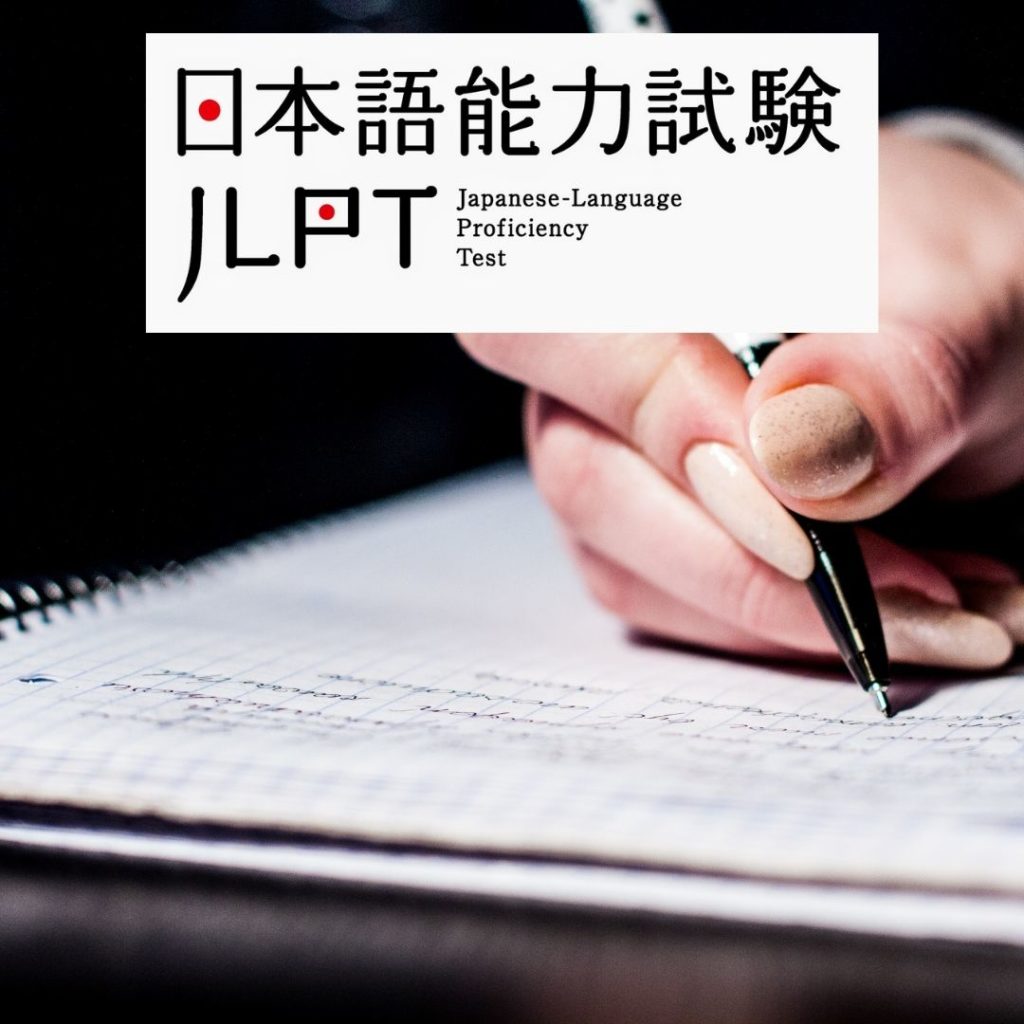What is the JLPT?
The simple answer is that is a test. It’s the Japanese Language Proficiency Test which is recognized worldwide. There are 5 levels in the JLPT. With level five being the easiest to pass and Level one being the most difficult. You can register to do any level and there is no need to pass each level to progress to the next. Also, it is not necessary to take every level of the JLPT.
Why Would I want to Take the JLPT
If you are seeking employment or aiming to enroll in school in Japan this certification will aid in accomplishing these endeavors. Otherwise most take the JLPT for personal gratification or to measure their Japanese ability.
However, there are few benefits of having the JLPT certification.
- Employment opportunities outside of English teaching jobs (Level N2 or higher preferred)
- More money
- Help with immigration. Get preferential treatment on your immigration to Japan passing an N1 can guarantee you 15 points and an N2- 10 points-an land you an easy and effortless immigration experience to Japan.
- An effective motivator to continue studying
Where to start?
Like mentioned previously there are 5 levels and depending on your level you can gauge which one to do. There is a self-evaluation sheet on the official JLPT site if you want to have a more accurate idea of which level you fall into http://www.jlpt.jp/e/about/candolist.html#h2-01 .
Make a time table
Once you’ve determined which level to take you can decide when you want to sit the exam. The JLPT is held twice a year in July and December these dates can be found on the website as well. Use this to determine how much time you will need to prepare. For each level, there are required kanji, grammar and vocabulary you need to know. The test is split into three sections consisting of language knowledge (Kanji &vocabulary), language knowledge(grammar) and reading, and listening. Make a schedule
Prepare study Materials for your level
If you are just learning Japanese the first level to prepare for would be level N5. Firstly finish learning Hiragana and Katakana as soon as possible. For each level, there are required kanji, grammar and vocabulary you need to know.
Practice Kanji
Books such as can assisting you with Kanji . Kanji list are easy to find for each level. Also plenty of books on Amazon . Here are some I recommend.
- JLPT N5 Kanji Workbook: Self Study Kanji Writing Practice Book
- Kanji Essentials Practice Workbook: JLPT N5 (Kanji Beginner Series Book 1)
- 3-in-1 JLPT N5 Kanji Workbook: Japanese language for beginners
Do more reading
Try to read different kinds of passages or phrases daily. There’s abundant material available online . Read from NHK easy Japanese. or satori reader. This will help with your reading pace and assist with speeding it up
Listen to more Japanese
To prepare for the listening section of the JLPT, you can practice with sample clips that are available on the JLPT site. There are previous years’ papers (prior to 2003) that are readily available on youtube as well. Also listen to more podcasts.
Do Past Exam Papers
then structuring the practice test to feel like the real one. Get used to the time limit and how much time you can spend on each question.
Apply for the JLPT
Once you’ve done all the preparations and are confident enough, it’s time to apply. You can apply online at https://info.jees-jlpt.jp/?lang=english JEES website if you’re in Japan. For others taking tests outside of Japan here is a link to the test cites https://www.jlpt.jp/e/application/overseas_list.html

